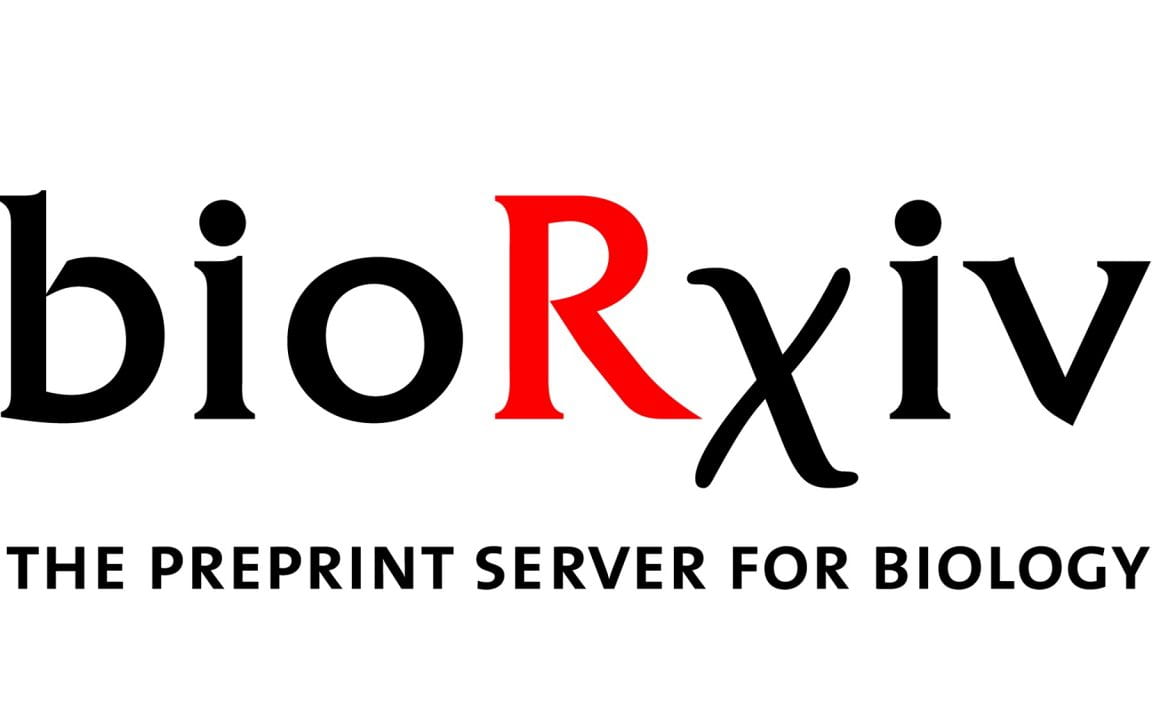Ian T Fiddes1, Gerrald A Lodewijk2, Meghan M Mooring1, Colleen M Bosworth1, Adam D Ewing1, Gary L Mantalas1, Adam M Novak1, Anouk van den Bout2, Alex Bishara3, Jimi L Rosenkrantz1, Ryan Lorig-Roach1, Andrew R Field1, Maximillian Haeussler1, Lotte Russo2,Aparna Bhaduri4, Tomasz J Nowakowski4, Alex A Pollen4, Max L Dougherty5, Xander Nuttle6, Marie-Claude Addor7, Simon Zwolinski8, Sol Katzman1, Arnold Kreigstein4, Evan E Eichler5, Sofie R Salama1 (ssalama{at}ucsc.edu), Frank MJ Jacobs2 and David Haussler1(haussler{at}ucsc.edu)
1 University of California, Santa Cruz; 2 University of Amsterdam; 3 Stanford University; 4 University of California, San Francisco; 5 University of Washington; 6 Massachusetts General Hospital; 7 Service de genetique medicale, Lausanne, Switzerland; 8 Institute of Genetic Medicine, Newcastle upon Tyne, United Kingdom
Abstract
Genetic changes causing dramatic brain size expansion in human evolution have remained elusive. Notch signaling is essential for radial glia stem cell proliferation and a determinant of neuronal number in the mammalian cortex. We find three paralogs of human-specific NOTCH2NL are highly expressed in radial glia cells. Functional analysis reveals different alleles of NOTCH2NL have varying potencies to enhance Notch signaling by interacting directly with NOTCH receptors. Consistent with a role in Notch signaling, NOTCH2NL ectopic expression delays differentiation of neuronal progenitors, while deletion accelerates differentiation. NOTCH2NL genes provide the breakpoints in typical cases of 1q21.1 distal deletion/duplication syndrome, where duplications are associated with macrocephaly and autism, and deletions with microcephaly and schizophrenia. Thus, the emergence of hominin-specific NOTCH2NL genes may have contributed to the rapid evolution of the larger hominin neocortex accompanied by loss of genomic stability at the 1q21.1 locus and a resulting recurrent neurodevelopmental disorder.
Introduction
The human brain is characterized by a large neocortex that forms the substrate for the development of human-specific higher cognitive functions (Lui et al., 2011; Molnar et al., 2006; Rakic, 2009), but evolutionary changes to our genome that underlie the increase in size and complexity of the human neocortex are poorly understood (Varki et al., 2008). Structural genomic variants account for 80% of human-specific base pairs and are therefore an important class of genomic regions to consider (Cheng et al., 2005). Of particular interest are loci where segmental duplications have created entirely new human-specific gene paralogs that are associated with cortical development, such as SRGAP2C (Dennis et al., 2012), (Charrier et al., 2012), ARHGAP11B (Florio et al., 2015) and TBC1D3 (Ju et al., 2016). Interestingly, human-specific duplicated genes are often located within segmental duplications that mediate recurrent rearrangements associated with neurodevelopmental disorders (Stankiewicz and Lupski, 2010) (Florio et al., 2015), (Nuttle et al., 2016), (Popesco et al., 2006), (Dumas et al., 2012), (Dougherty et al., 2017). One region susceptible to these rearrangements lies on human chromosome band 1q21, which was involved in a large pericentric inversion involving considerable gene loss and duplication during human evolution (Szamalek et al., 2006), contains a disproportionate number of human-specific genes (O’Bleness et al., 2012), and also contains the 1q21.1 distal deletion/duplication syndrome interval (Mefford et al., 2008), (Brunetti-Pierri et al., 2008). De novo deletion of one copy of this 1q21.1 locus frequently leads to an abnormal reduction in brain size (microcephaly) and reciprocal duplication often results in an abnormal increase in brain size (macrocephaly), among other symptoms.
